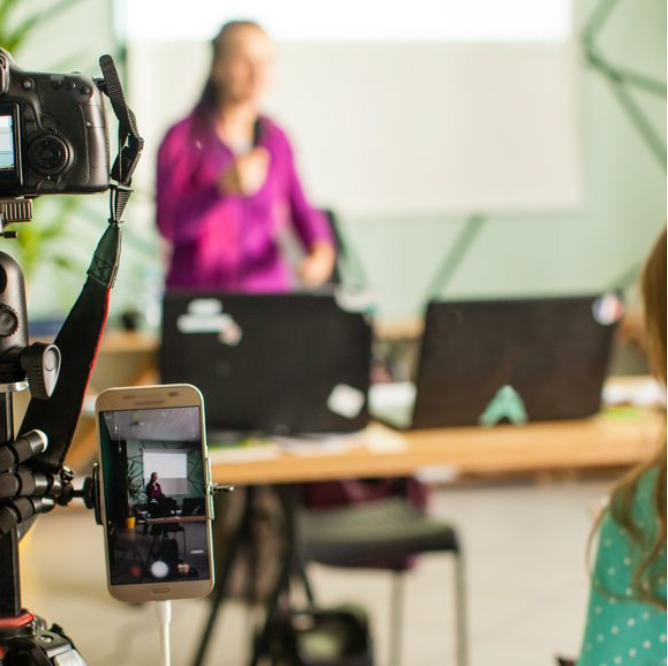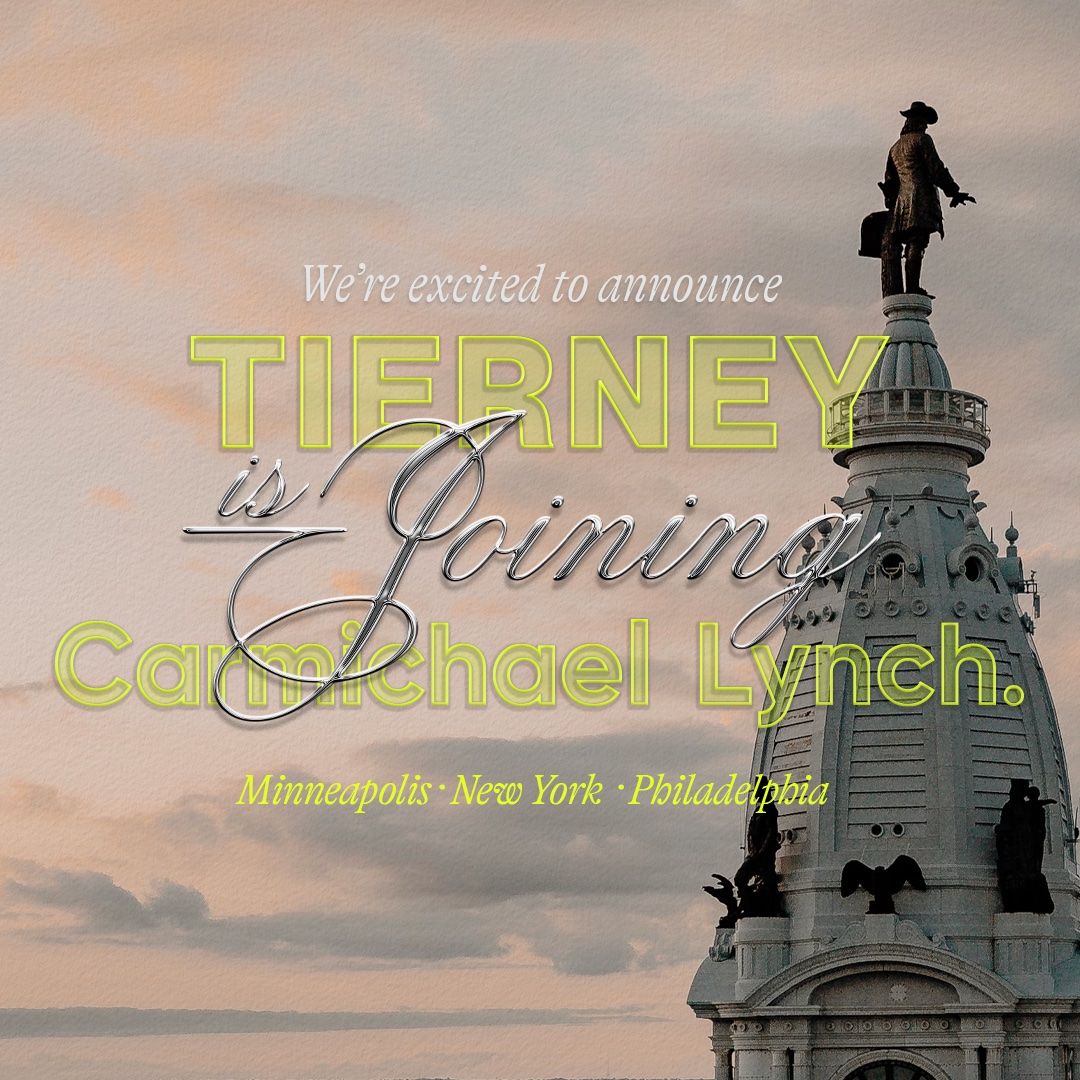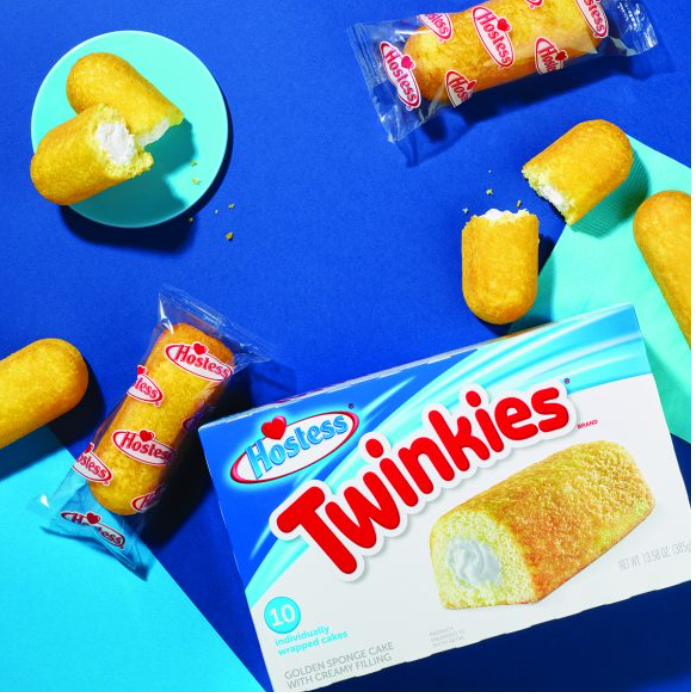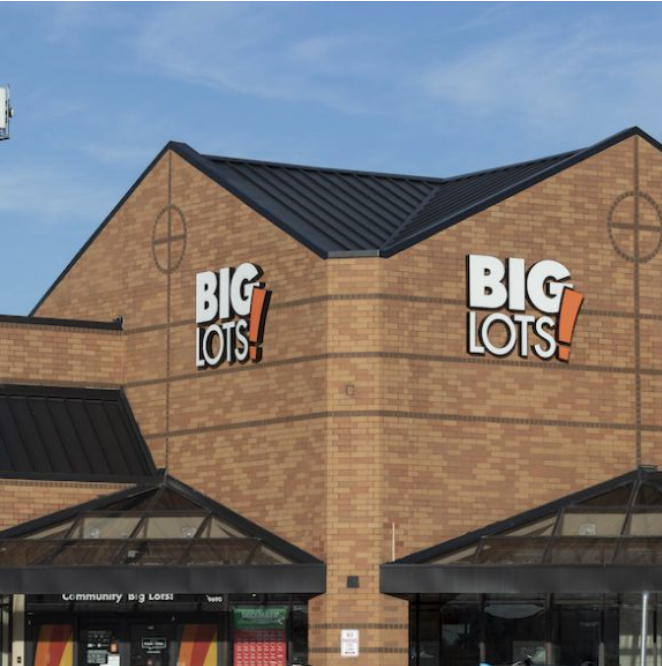
News and Views
H&R Block, Carmichael Lynch Relate win Campaign of the Year at PRWeek Awards
Agency News

Next-Generation Public Relations
Our Thinking

This article, written by Carmichael Lynch Relate executive vice president Alan Newbold, originally appeared in the Minnesota PRSA’s Perspectives blog.
The recent PRSA Midwest webinar “The Future of PR: Perspectives from the Heartland” shed some light on the complexities of communications now and in the future. I was lucky enough to participate on the panel of five Midwest communications leaders and am happy to say the conversation makes for an informative podcast. Take a listen here. But if you’re in need of some instant gratification, check out my five key takeaways from this future-focused discussion:
- Writing Skills as a Differentiator: Touted by every panelist as the talent most consistently coveted by their teams and in demand for expert communicators, it’s a skill that will remain a priority differentiator across all communications roles and particularly for young talent entering the profession.
- The Impact of Multigenerational Consensus: With Gen Z, Millennial, Gen X and Boomer generations in the workforce simultaneously, taking care to listen, learn and respect the lens through which each cohort experiences life will be key to effective internal and external communications. This same approach will play a role in how brands engage and attract multifaceted, multigenerational audiences, ultimately mitigating the risks of consumer alienation or attrition.
- Adaptability and Collaboration: The speed of the market, consumer appetites for information and new and changing technology platforms are all accelerating. This pace will require increased trust, communication and collaboration among integrated agency partners and clients. PR must come to the table with an in-depth knowledge of the marketing disciplines in play, elevated thinking about how to engage across partner channels and bring a strong POV to these complex culture environments. This adaptability will help us – and our partners – meet consumer and client demand.
- DEIBA Emphasis: Not a trend, but a foundational support element for brands and agencies alike. Moving forward, we will see communicators continue expanding and anchoring our efforts with an eye and heart toward diversity, equity, inclusion, belonging and accessibility, paying particular attention to accessible communications and content and disability inclusion.
- Substantive Corporate Social Responsibility: Brand DNA and corporate soul based in social good and planet health are on the rise as barometers of consumer trust and choice. These are closely complemented by the role of communications teams in providing the tools to evaluate and prioritize brand mission, vision and core values through a lens of truth and transparency.
Yes, that was just one perspective from the heartland experienced through my own PR lens. I’m sure there are more. In fact, I’m counting on it. That’s the real future of PR.
Media Relations 2022: What’s Changed and What Hasn’t
Our Thinking

This article, written by Carmichael Lynch Relate director of media relations Régine Labossière, originally appeared in the Minnesota PRSA’s Perspectives blog.
Like nearly everything else in the PR business, media relations has been dramatically altered by the pandemic and continues to be, as sentiment over in-person activity changes with every drop and rise in infection rates and with each new variant.
All events were canceled or moved to virtual, journalists mostly worked remotely and opportunities to meet in person with journalists vanished from our calendars. We had to embrace new ways of reaching reporters and editors, putting new emphasis on social media and thinking creatively about how to capture media attention. Everything was upended.
As people filter back into the workplace with a somewhat regular schedule and public gatherings take off again, our media relations team has been thinking about which industry practices will come back and which ones have been changed forever. While the return of in-person chats and coffee meetings has been helpful for relationship-building, I’m also aware that many of the pivots we made over the past two years have sharpened our skills. In reaching the media, we have more approaches and options in our toolkit than ever before.
So what’s changed? And what hasn’t? Here’s a partial list.
In-person events are back … or are they?
Early in the pandemic, it quickly became clear that in-person events weren’t happening. Everything went virtual. But in the past year, people have begun to feel safer, eager to attend in-person events (even if it required a mask) or become willing to travel for a special launch or trade show. As viral variants like Delta and Omicron cast momentary shadows and then recede, the smart money is on arranging events but having a Plan B. People want to attend events in-person, but media event planners need to have a backup—plus options for journalists who want to attend virtually.
Virtual meetings are here to stay.
You can keep your camera off if you prefer, but forget about deleting Teams or Zoom from your devices. Virtual connections with the media have been normalized. In fact, they can be useful in reaching writers and editors, especially as many have moved away from New York City. Face-to-face chats will always strengthen ties, of course, but virtual conversations will remain an acceptable alternative.
Relationship-building is more vital than ever.
Among other things, the past two years have underscored the importance of building strong relationships with members of the media. I didn’t fully realize the value of talking with a reporter over a latte until I couldn’t do it anymore. And it’s the journalists I’ve met in person or have had quality virtual conversation with who returned my calls and quickly responded to my emails even as life has rapidly evolved the past two years. Relationships continue to keep us in business.
We’re all human.
The thing about a global pandemic is … well, it’s global. Everyone has been impacted by the quarantines, school closings at a moment’s notice and COVID-related sick days and cancellations. With everyone in the same boat, we took the time to ask how people were doing—even the ones we hardly knew. I hope we won’t forget that. Let’s not stop asking about well-being. Let’s not forget that reporters are affected by the events they cover and that editors can experience burnout. Let’s take the time to sympathize and empathize. Reach out and share positive feedback on a story someone wrote. Or email just to say “hi”—without expectations.
I’m eager to see our work and personal disruptions to this pandemic end. But “returning to normal” can’t mean dropping everything we’ve learned in recent years. Change has been a challenge, but it has also made us better, bolder and stronger.
The Year of Living Dangerously in Influencer Marketing
Our Thinking

This article, written by Carmichael Lynch Relate director of social engagement Katy Tenerovich, originally appeared in the Minnesota PRSA’s Perspectives blog.
Influencer marketing. It’s a go-to strategy for many of us in the public relations, communications, social media and advertising disciplines. In fact, it’s an industry expected to reach $16.4 billion (right, billion with a “B”) this year. We know it, and we love it. We frequently use it as a way to help our clients or our own businesses and organizations reach and engage with core audiences through authentic content.
But with this growth comes challenges that we have to navigate. And top of mind for me right now are the FTC’s proposed updated guidelines, reflecting heightened scrutiny of endorsements and digital advertising via social media platforms. It’s welcomed and anxiety-inducing all at the same time.
The proposed changes to the FTC’s Guides Concerning the Use of Endorsements and Testimonials in Advertising outlined in May 2022 would build on and expand previous guidance in several ways:
- Expanding the definitions of and extending liability for endorsers, intermediaries and social platforms
- Addressing the ways in which companies incentivize and publish/amplify consumer reviews
- Offering new examples for disclosing sponsored endorsements
- Demonstrating the FTC’s interest in addressing advertising that targets groups of consumers like the elderly and children
Most of the proposals should come as no surprise to those of us who specialize in social media, influencer marketing and the like. Some of them warrant special attention, and frankly, one in particular worries me and many in my network.
While past guidelines have made it clear that both brands and endorsers could be held liable for misleading statements, the proposed updates would expand that language to include all parties involved.
The FTC is now proposing that in addition to being potentially liable for false or deceptive statements made through endorsements or for failing to disclose material connections between themselves and their endorsers, advertisers may now be liable for false statements made by an endorser even if the endorser themselves is not.
Furthermore, agencies (advertising, public relations, influencer marketing) as well as other intermediaries can now be held liable for any role they have in distributing what they knew or should have known to be false or deceptive endorsements. These entities can also be held liable for hiring or directing endorsers who fail to make necessary disclosures, which means that the onus to review, monitor and remedy endorsers’ content mostly falls on these entities now, rather than the brand or endorser. It’s a potential recipe for finger-pointing.
Many in the industry feel that this is a much-needed change and suggest that agencies are often the ones trying to skirt FTC guidelines about disclosures or other rules and regulations in their never-ending quest of making content seem more “authentic.” These days, it’s the brands that seem to be overly cautious and require endorsers to use multiple hashtags to ensure their connection with any given endorser is crystal clear – even if the plethora of hashtags negatively impacts the performance of a post. Better safe than sorry, right?
So how can brands and the people who run them protect themselves? By doing their due diligence. The number of agencies or other companies that provide influencer-marketing-related services grew by 26% in 2021 and, spoiler alert, not all of them have your best interests at heart.
Here are my tips for brands and clients to consider when vetting an influencer marketing agency partner:
- Ask for case studies: Find out who they’ve worked with (both brands and endorsers) and how they vet influencers and evaluate the efficacy of their work. Make sure you’re selecting an agency with a strong track record of successful and legitimate work.
- Review your chosen agency’s influencer/endorser contract terms: Ensure they outline adherence to FTC guidelines adherence and their process for handling endorsers who do not follow requirements
The saying that “everyone’s an influencer” rings true every day. It’s still an amazing strategy to tap into, especially with the right knowledge, skills and abilities in hand. Just remember that the key to a successful influencer strategy is finding the right partner agency that will ensure your influencer activities adhere to all rules, regulations and guidelines.







